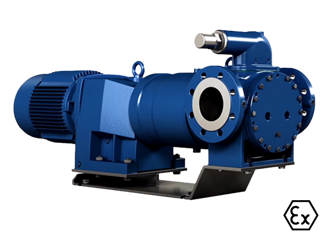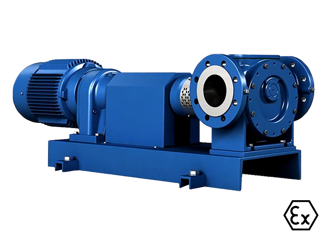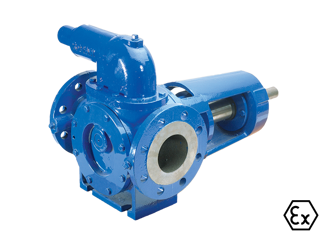
Polyurethane Foam/Isocyanate
The only solution we can give our whole-hearted support.
Isocyanate is one of the components in broadly all foam products, such as foam mattresses, inner liners in cars, cushioning in car seats, chairs, and sofas. The hard qualities are used for insulation of houses, machines, tubes, etc. As a matter of curiosity we can also mention the green foam in which flowers for decorations are stuck.

There are different methods to avoid that the humidity of the air gets into the storage tank:
The tank is provided with a sili-cagel filter which absorbs the humidity from the air as the tank is emptied and air is sucked into the tank, so that it is not flat-tened out.
At the top of the storage tank a protecting layer of gas (nitrogen) is added. Similarly the tanker which brings the raw material, has got gas at the top of the tank.
When filling the tank, the tanker pumps the liquid into the storage tank, the top of which is connected to the top of the tanker. In this way no air at all gets into the isocyanate, and there is no exhalation into the environment.
Instead of using nitrogen ultra-dry air can be used. There are air-dryers which totally remove the humidity.
Systems pumping isocyanate should be provided with a filter or a strainer so as to avoid crystals, if any, to circulate the system constantly.
All isocyanates are hazardous, and the vapours should not be inhaled. Contact with the skin gives discolora-tion of the skin, and prolonged contact may result in allergy reactions.
Mechanical shaft seals
Through the ages all kinds of seals have been used, from soft shaft seals to double mechanical shaft seals with DOP (dioctylphthalate) or mesamol under pressure between the seals. The results have been very mixed, but the risk of running into problems has been so big that it can only be recom-mended to implement these so-lutions if the customer himself takes the responsibility for the solution desired.
The only solution we can give our whole-hearted support is to use a MAGNETICALLY COU-PLED pump.
Selecting bearings
Our first selection would be bronze bearings. Some isocyanates, however, contain additives which do not go well with bronze, so this solution must be rejected.
The next thing we can do, is to put carbon bearings into the pump. But, if there are crystals in the isocyanate, carbon bearings will not be the solution.
Therefore carbide bearings will be the only solution.
Normally the viscosity varies from 10 to 200 cSt.
The first magnetically coupled pump for isocyanate has been running non-stop for 10-12 years now.
Pump selections:
ED…E-1U22 or
ED…E-1U33 or - 1U88.








